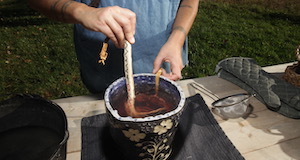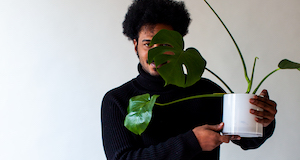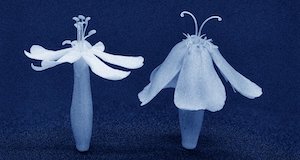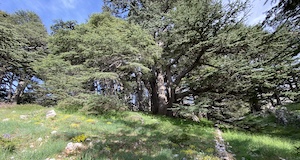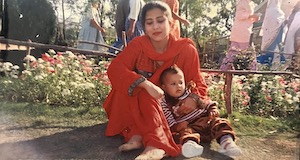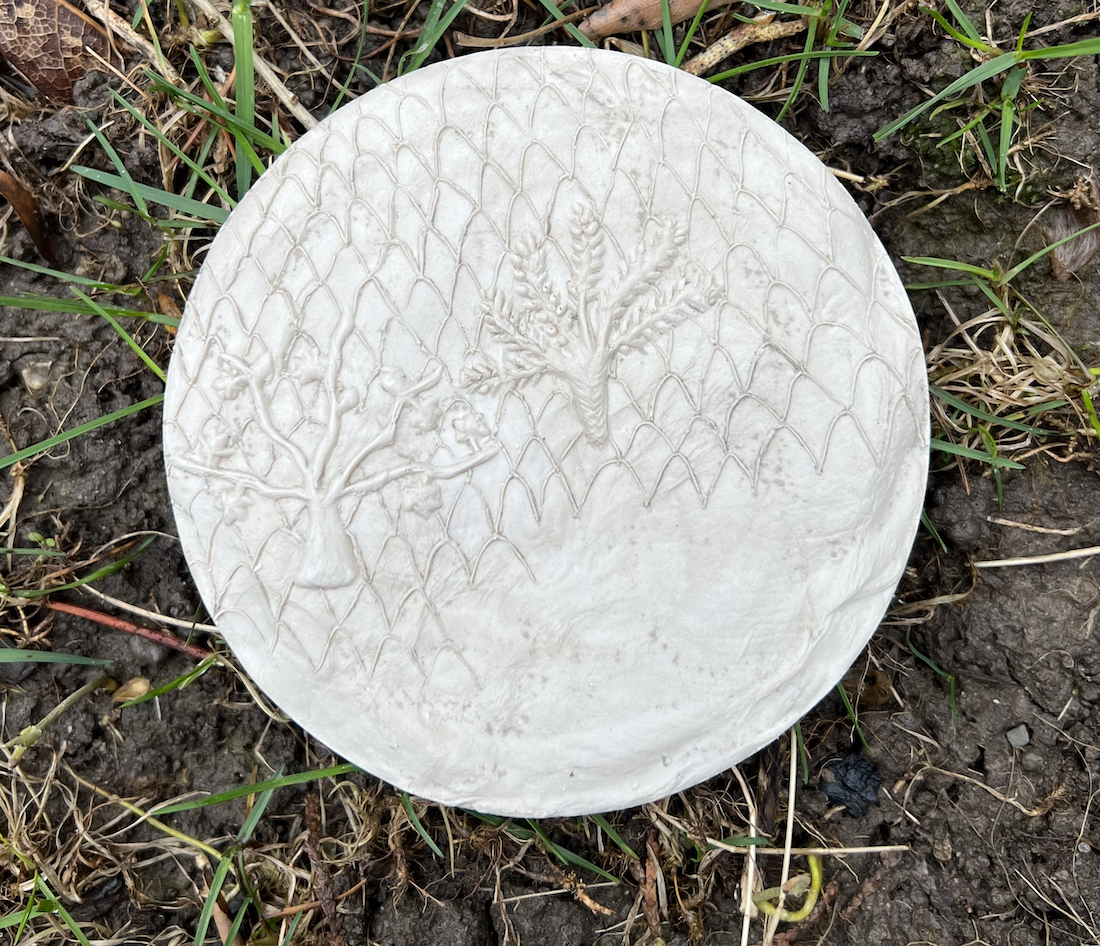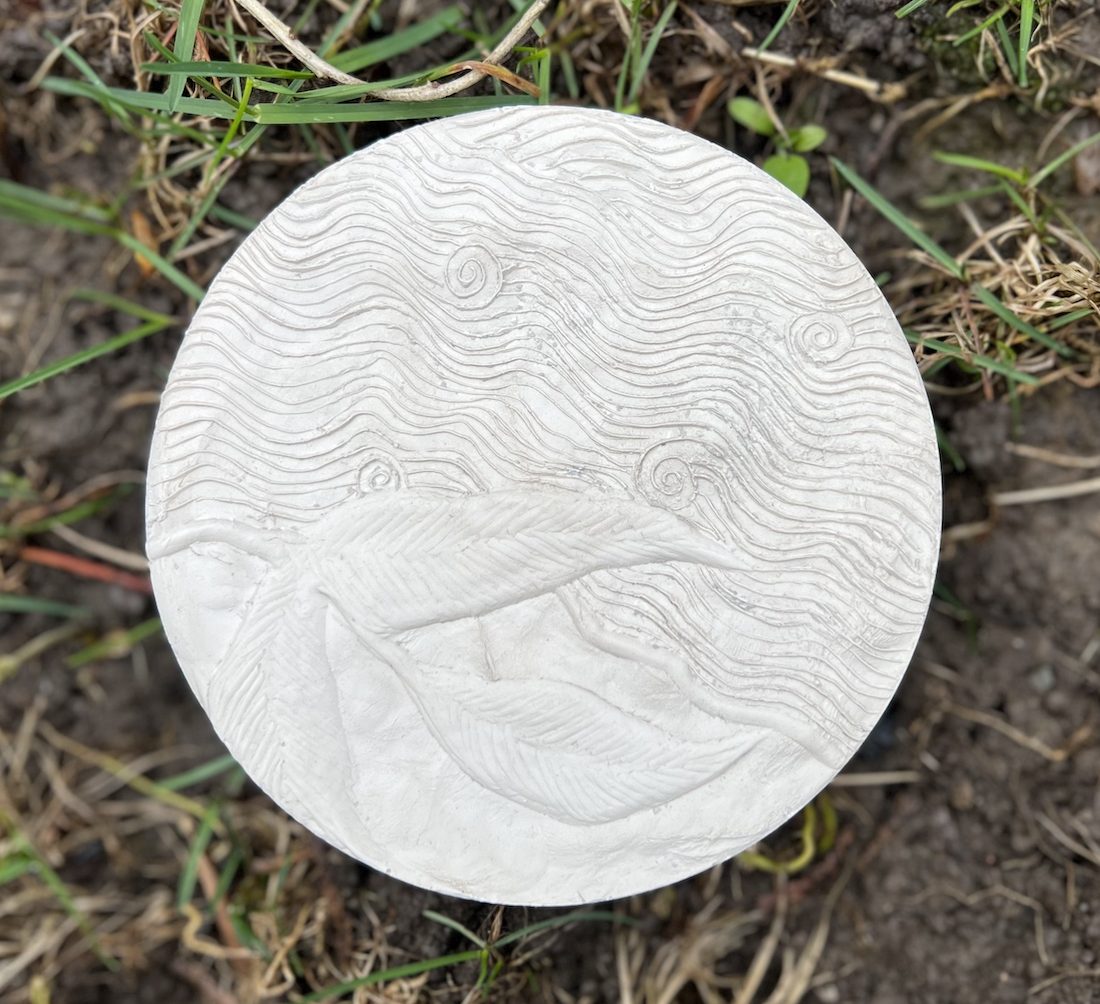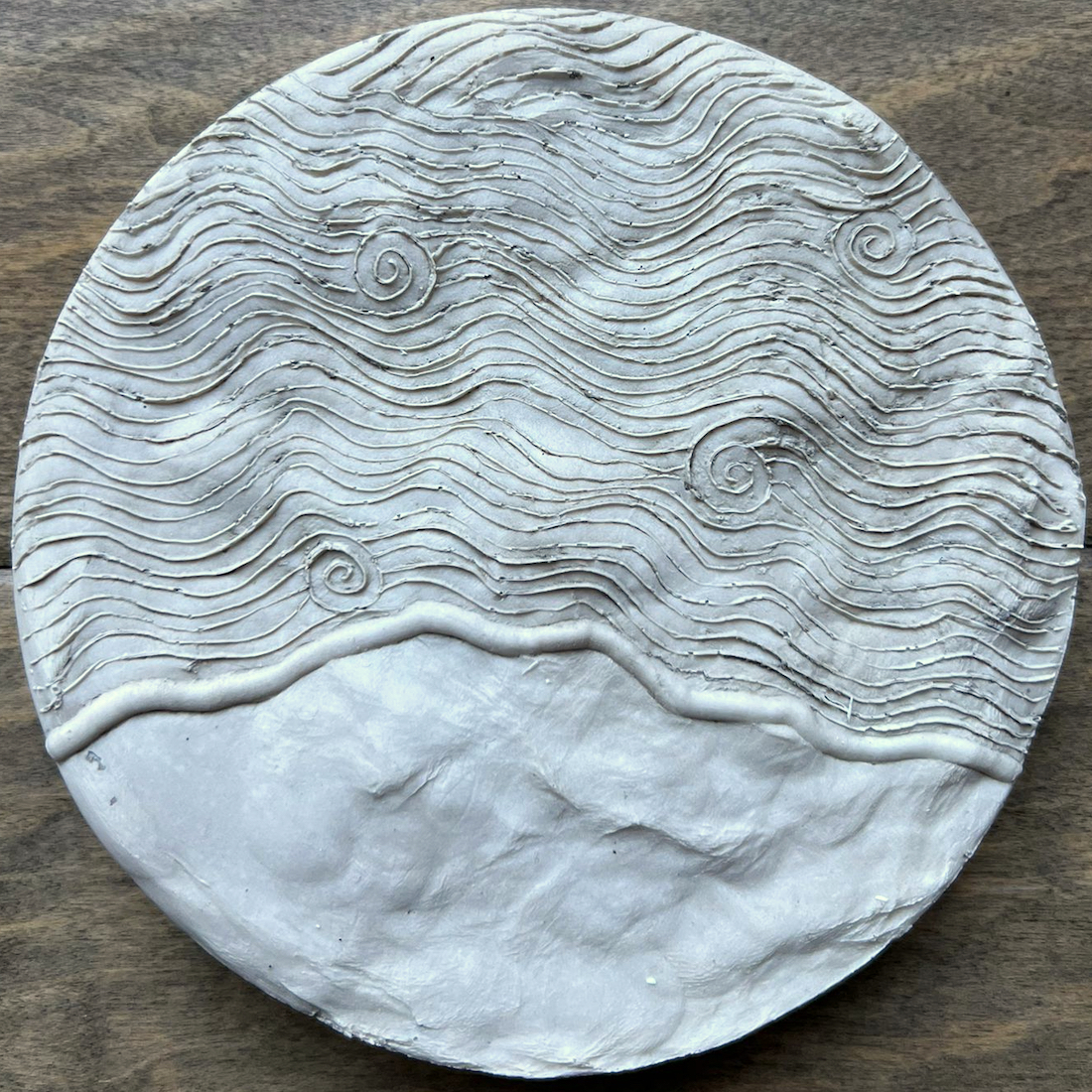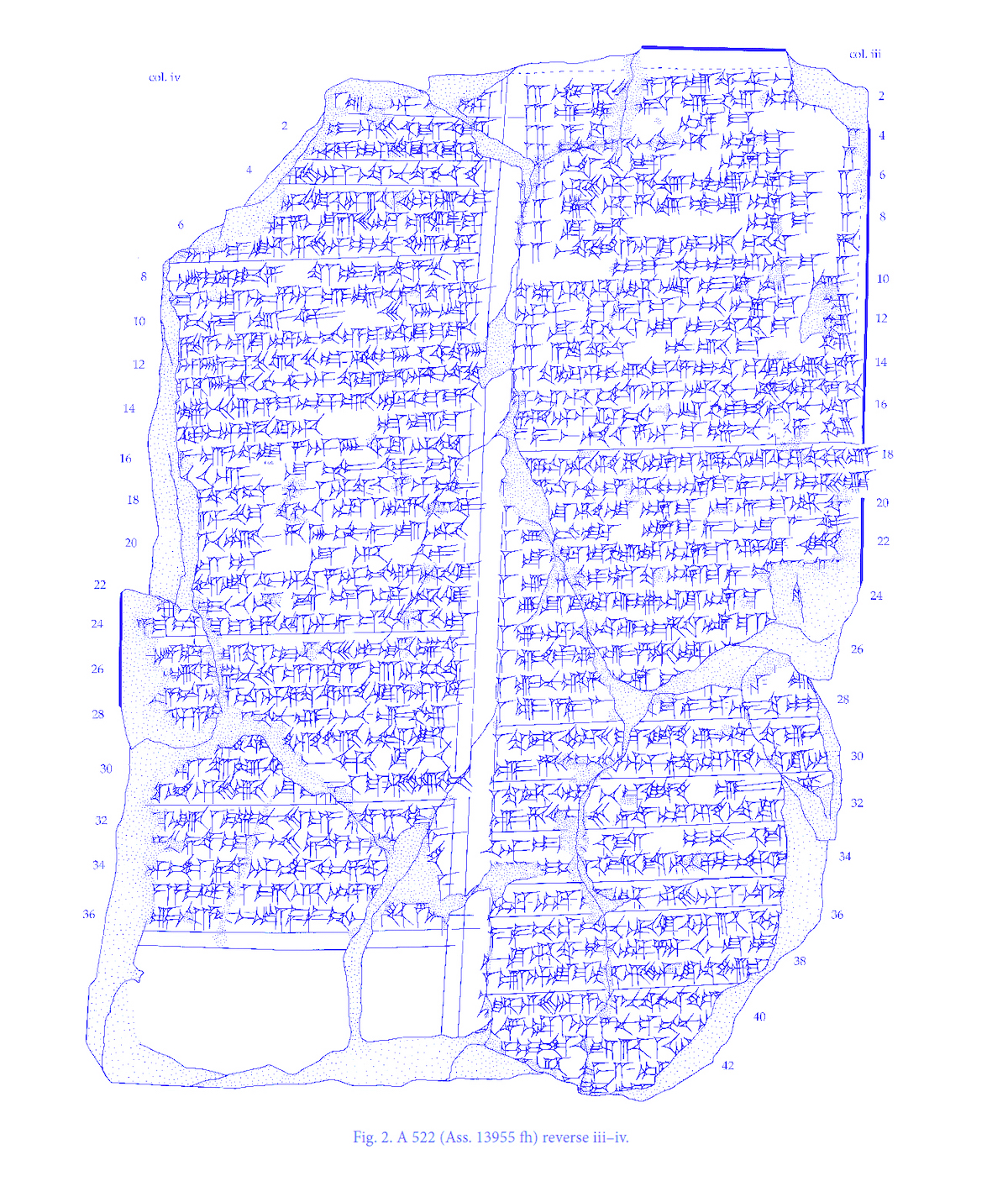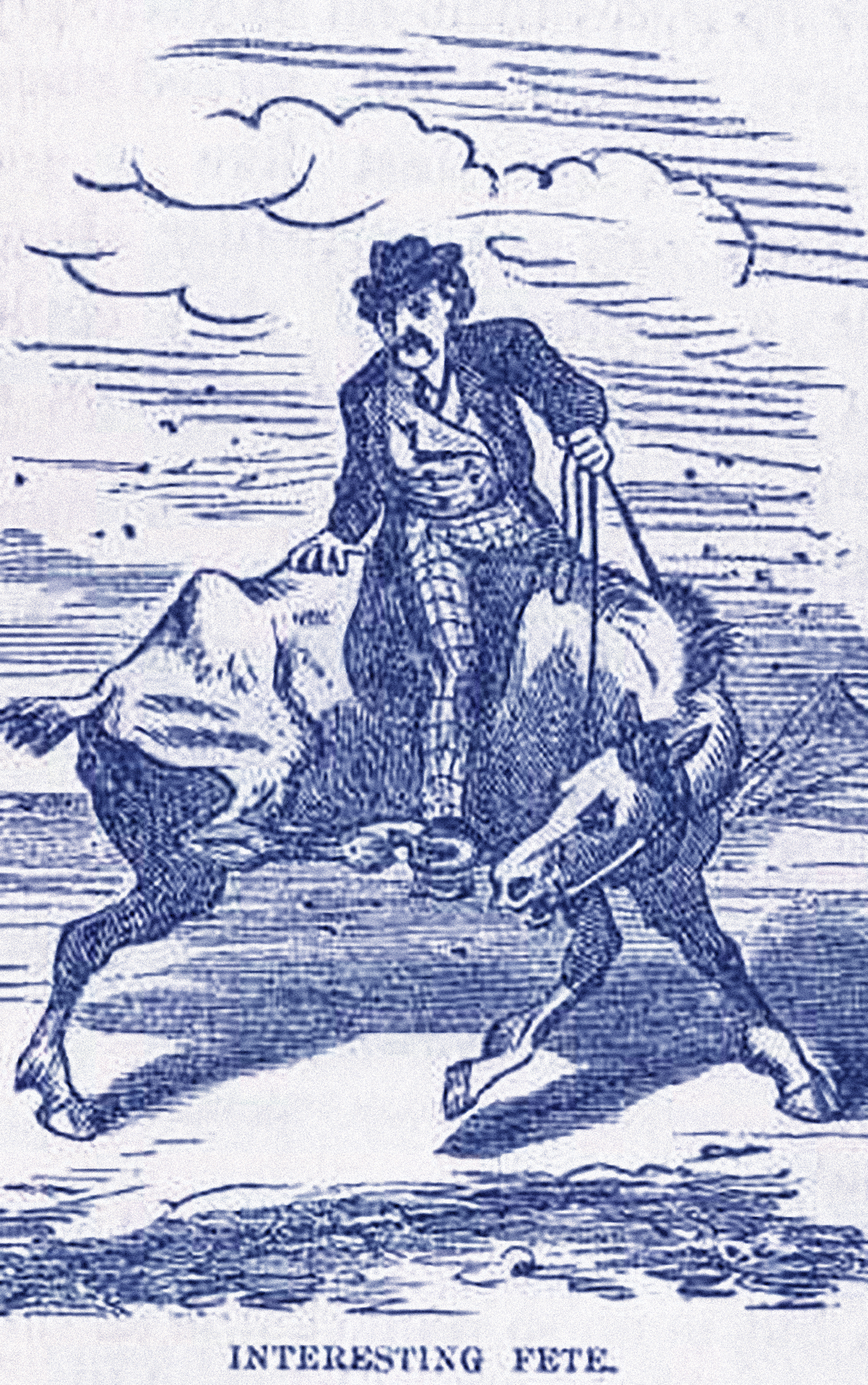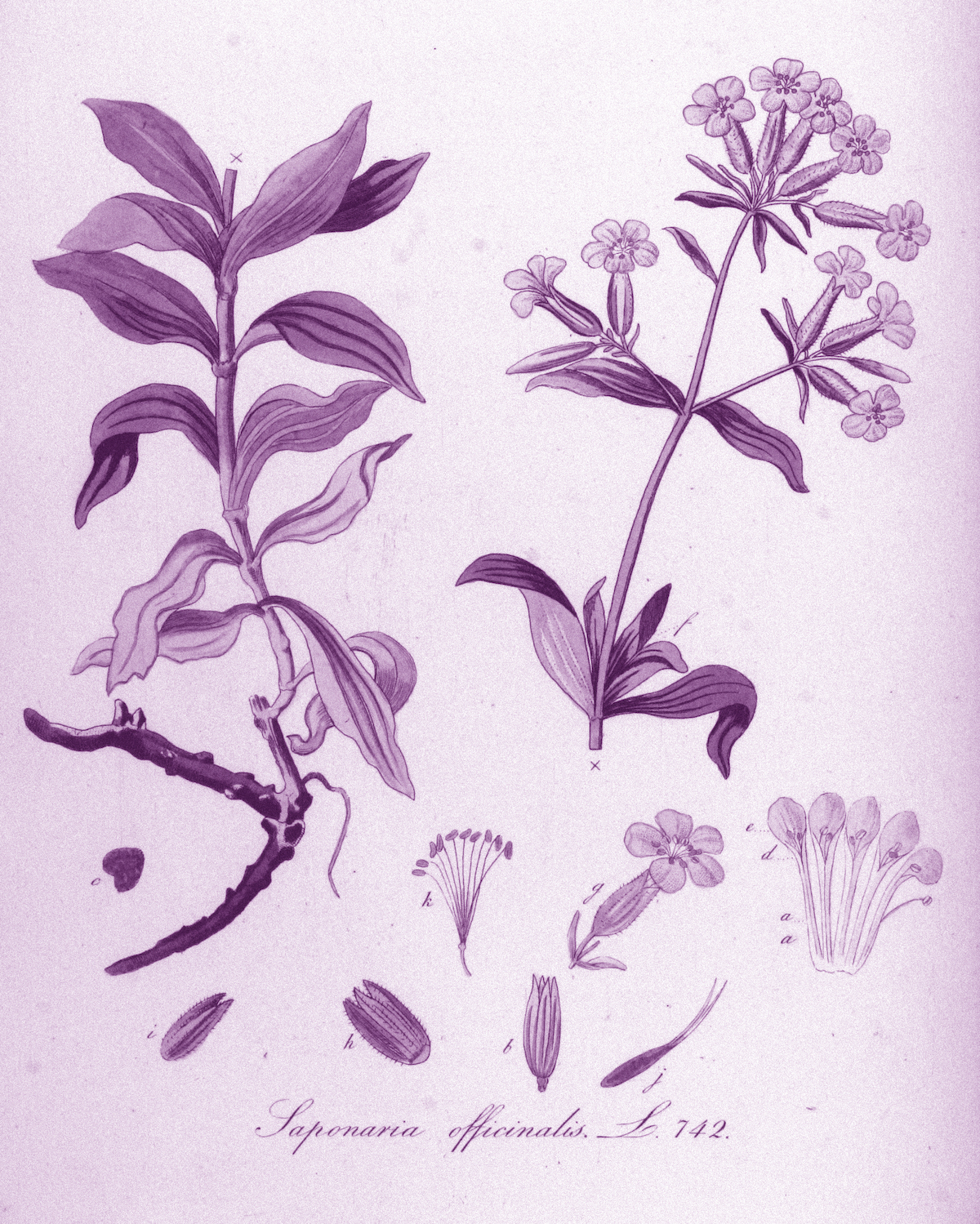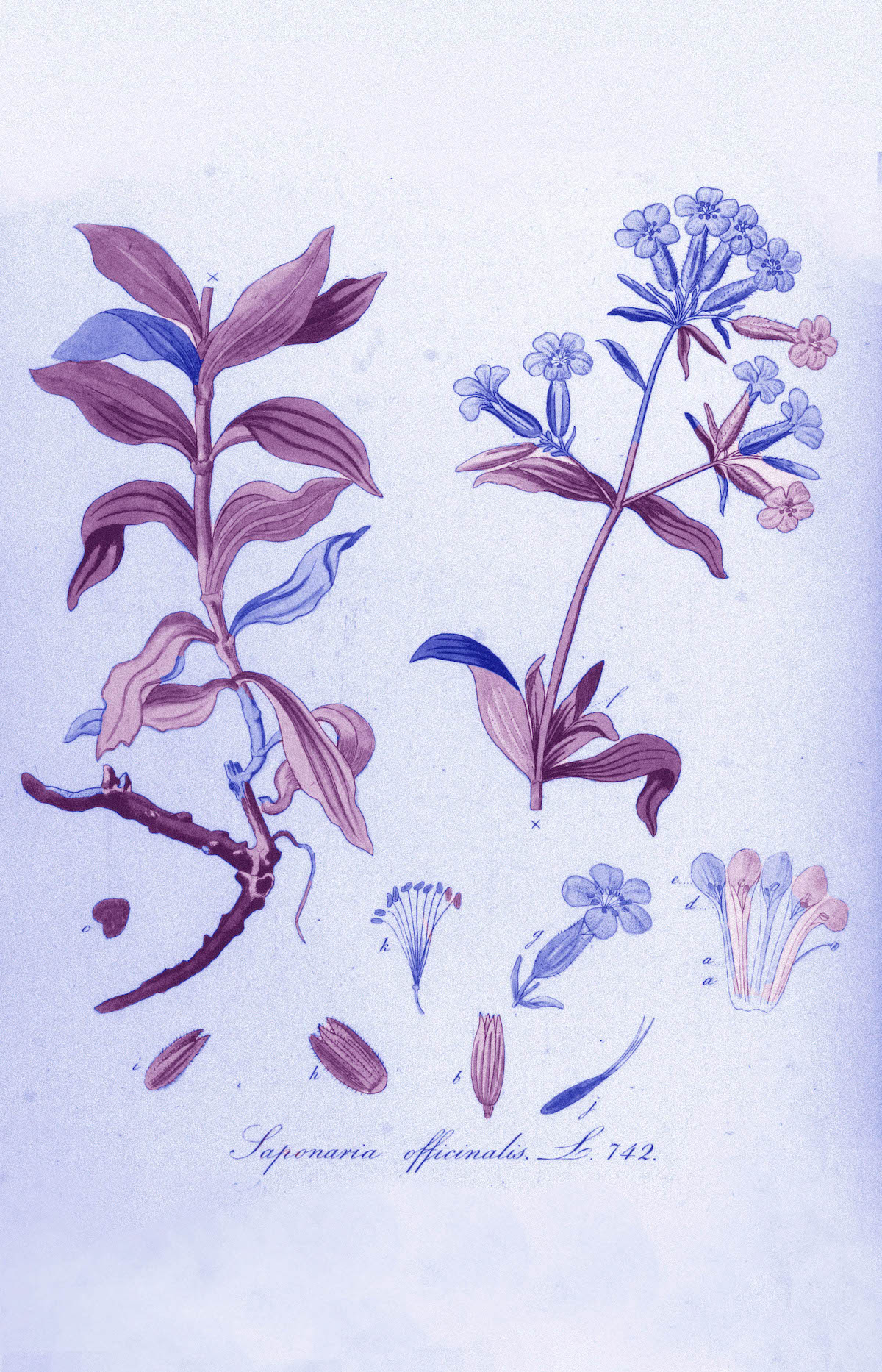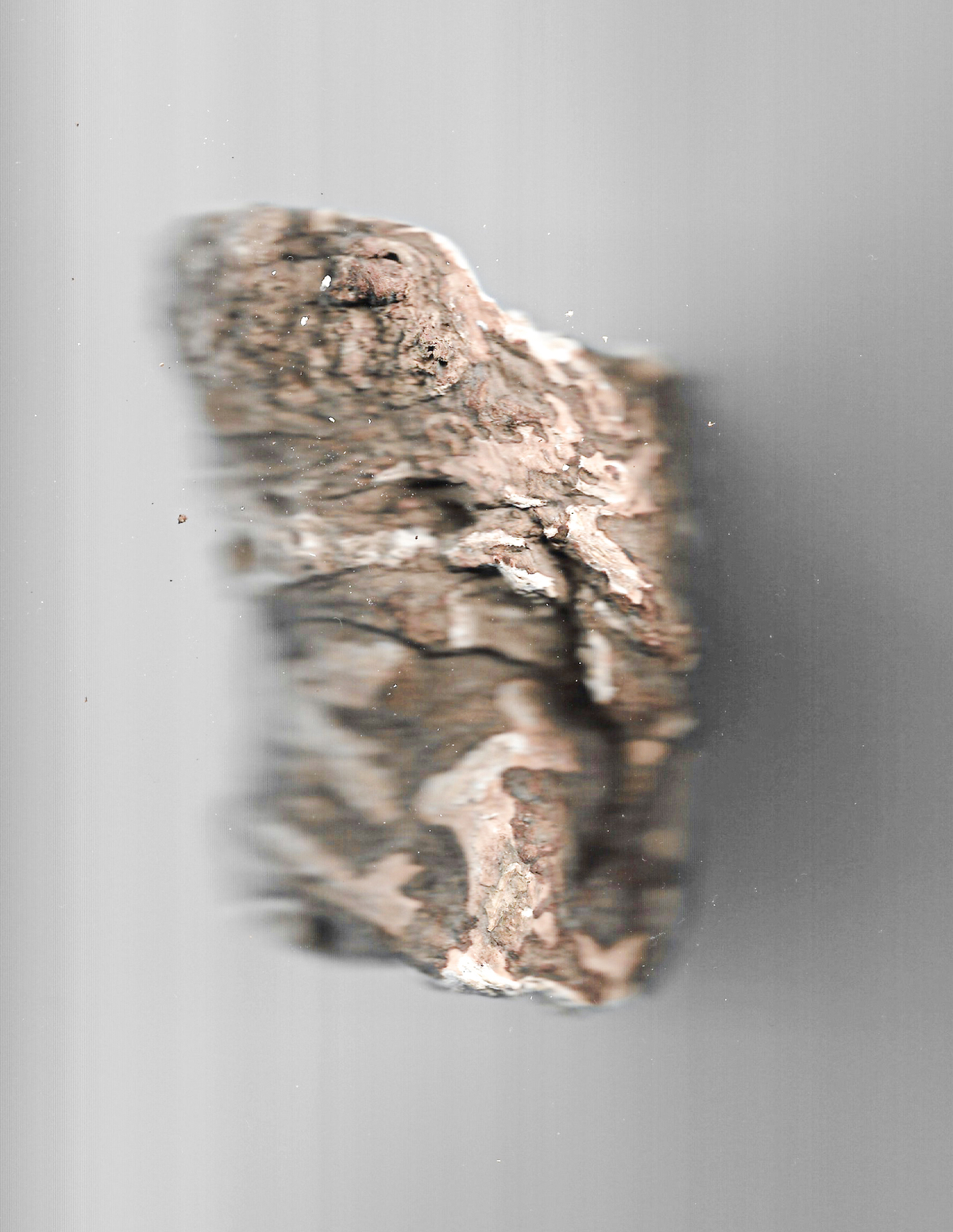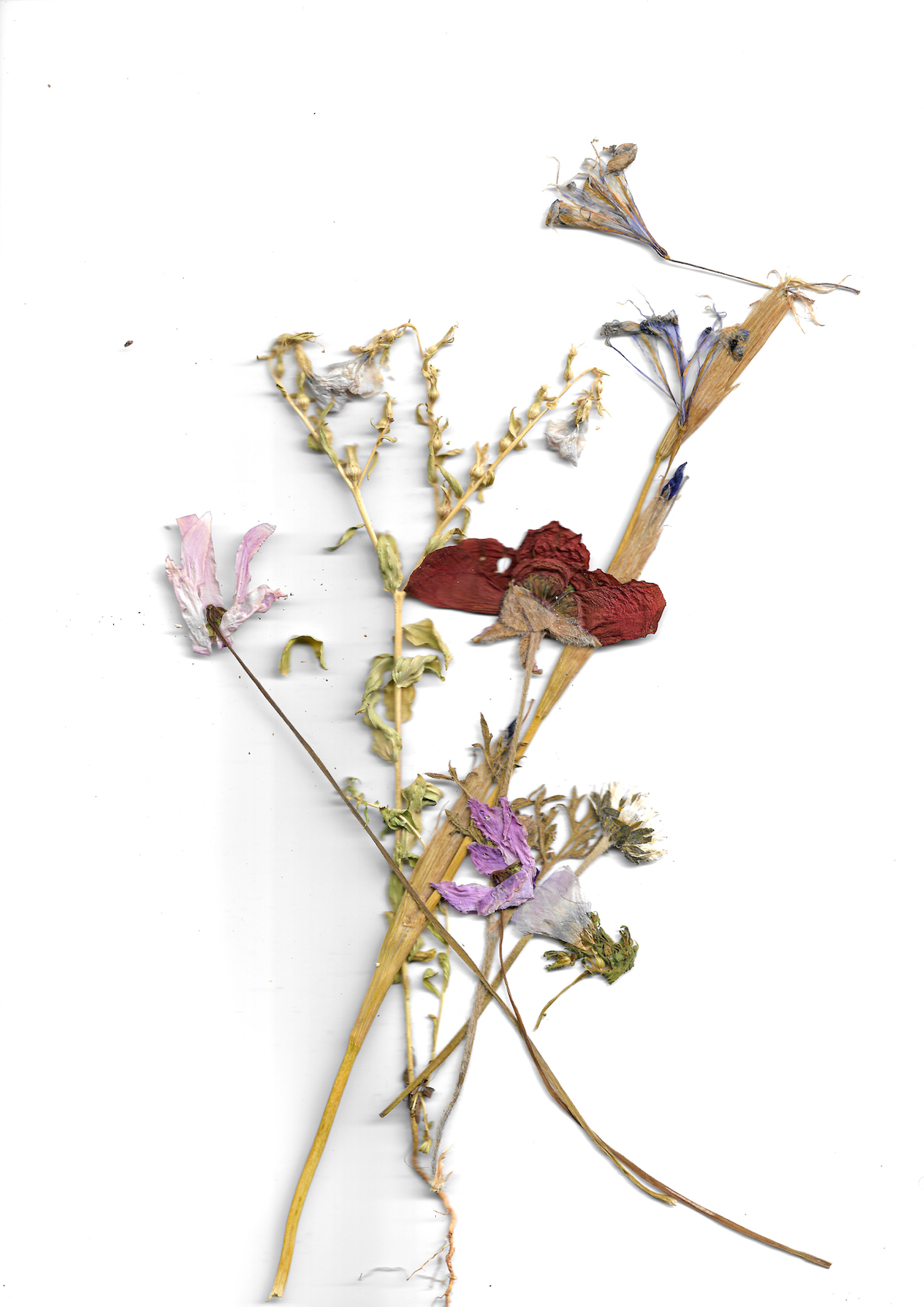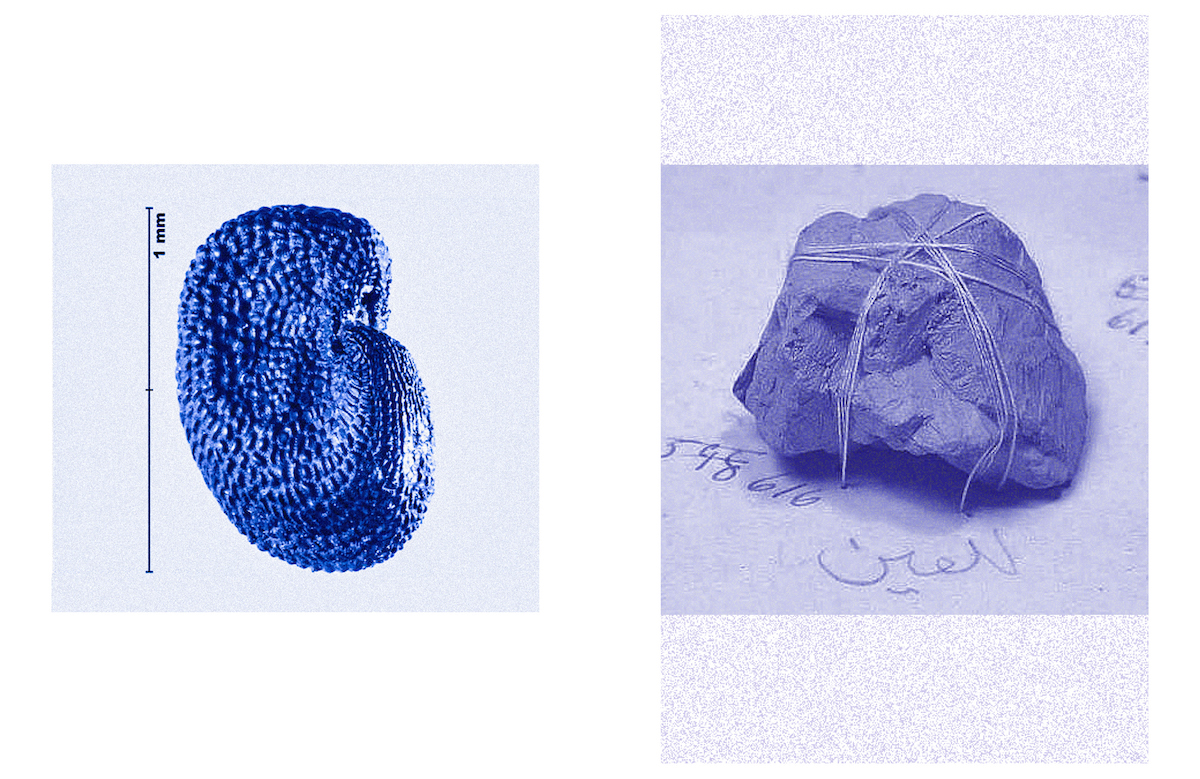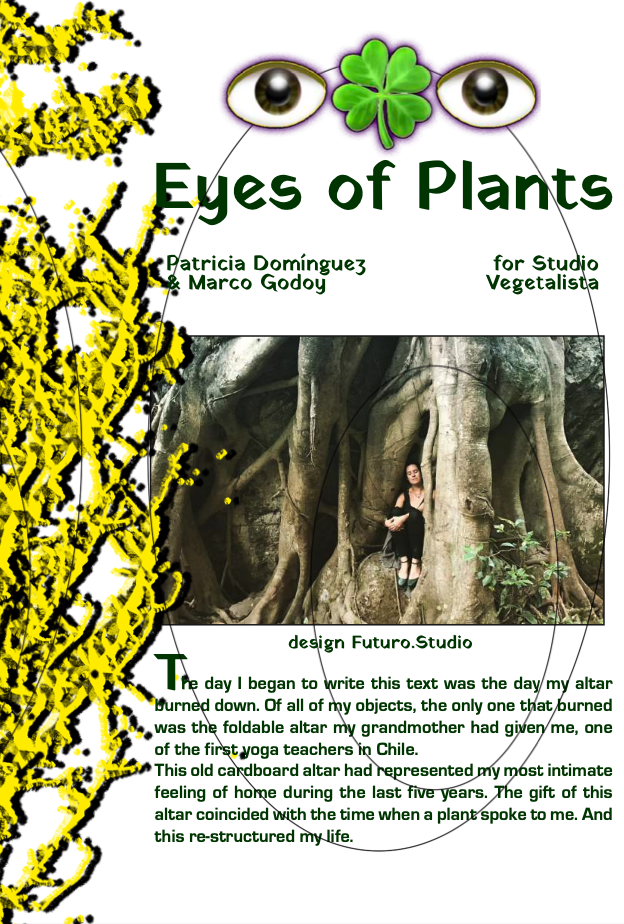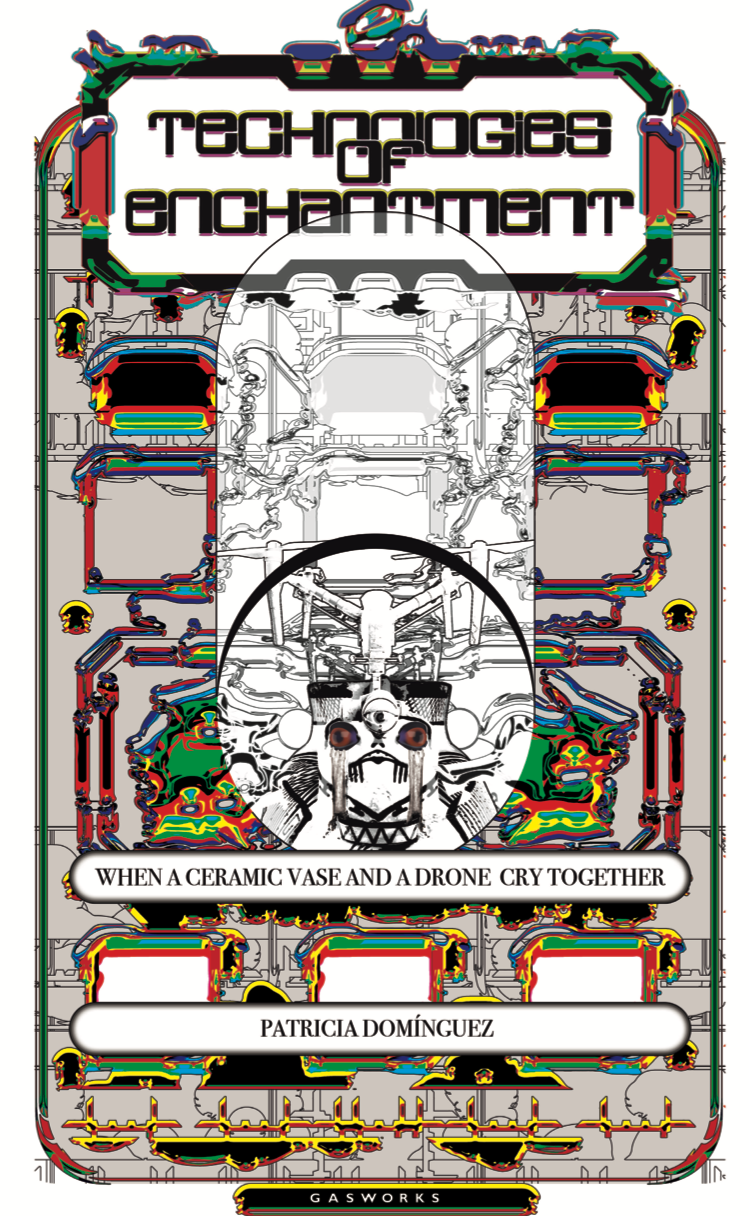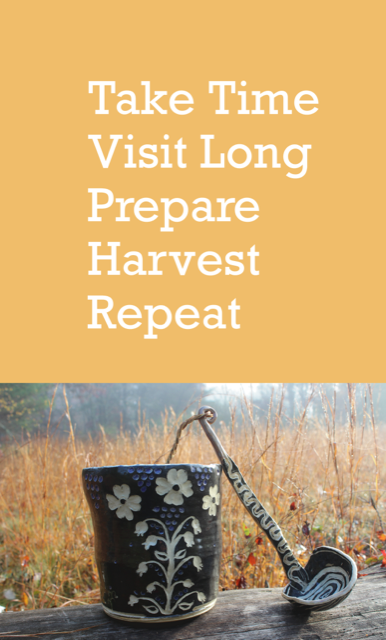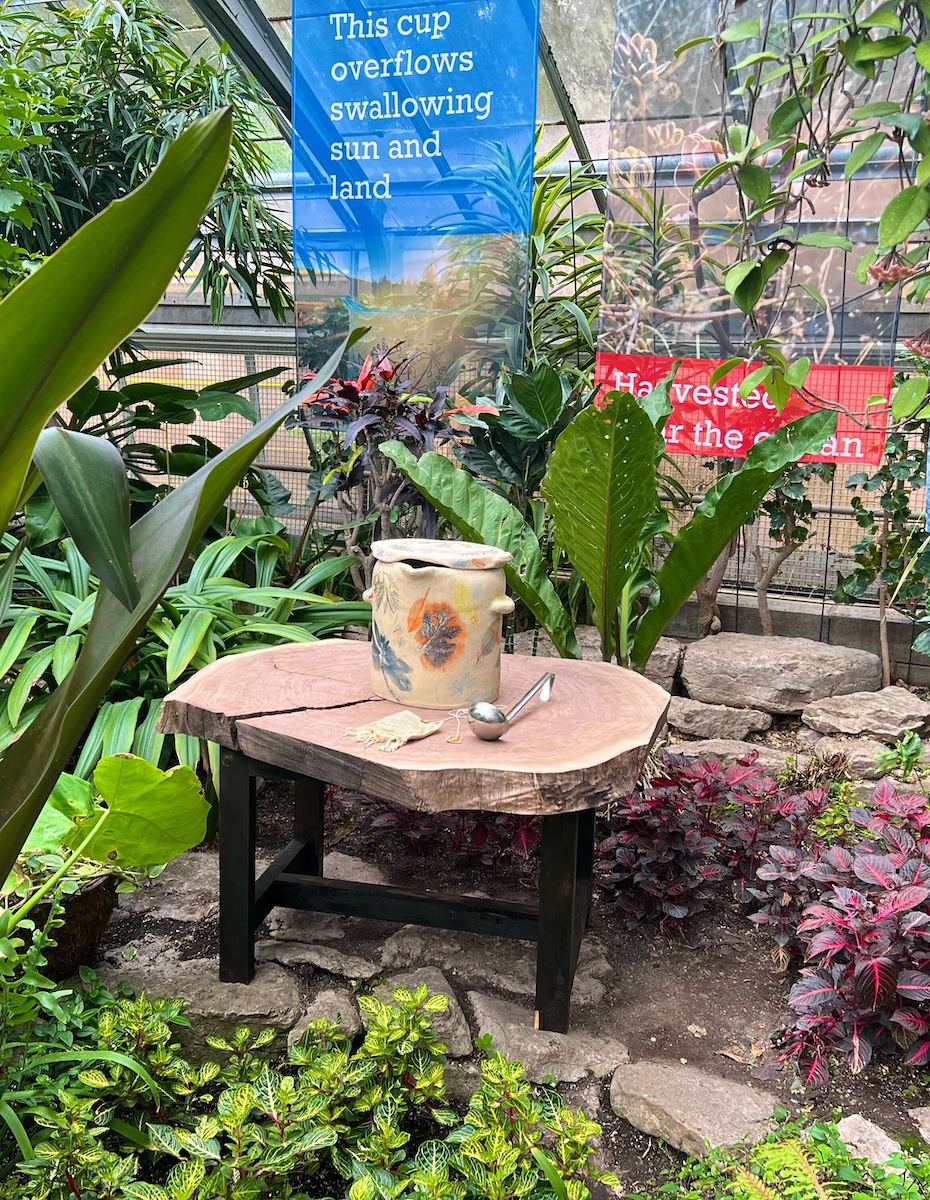Abbas Akhavan, asmaa al-issa, Dima Srouji, Lamis Haggag, Patricia Dominguez, Tania Willard
Artists find new ways to represent their work and practices as they find themselves integrating into new communities after experiencing displacement. Sometimes the process of integration requires compromising one's own identity. The precarious state of integration resonates with what some invasive plants can do to adapt to new environments. In order to survive, some plants can change their properties, undergoing a mutation that affects both its nature and form.
As we move away from the sun explores topics of migration, displacement, and adaptation with a focus on the inextricable connections between human and plant migration. This exhibition invites the audience to engage with questions of how people can come to resemble plants while adapting to a new country and culture, and how the shift of one's identity can be affected by the rigid integration processes inherited from western colonial systems. The artworks selected for this exhibition interweave the aesthetics of natural materials with the mutation of culture and identity that the artists imply through their creative processes. The exhibition at its core considers how artists utilize natural/organic aesthetic forms that embrace creative metaphors for experiences of adaptation and survival, utilizing research-based methodologies.
Taking place inside the Greenhouses at Allan Gardens where Cactus and Palm trees live, the exhibition reintroduces Toronto's famous botanical gardens as a place of refuge to many migrant bodies.
Special thanks to Friends of Allan Gardens and the City of Toronto for their generous donation of the exhibition venue. Their support is integral in envisioning a space where connections to the land are regenerated and Toronto?s unique tapestry of multiculturalism is activated.
As we move away from the sun explores topics of migration, displacement, and adaptation with a focus on the inextricable connections between human and plant migration. This exhibition invites the audience to engage with questions of how people can come to resemble plants while adapting to a new country and culture, and how the shift of one's identity can be affected by the rigid integration processes inherited from western colonial systems. The artworks selected for this exhibition interweave the aesthetics of natural materials with the mutation of culture and identity that the artists imply through their creative processes. The exhibition at its core considers how artists utilize natural/organic aesthetic forms that embrace creative metaphors for experiences of adaptation and survival, utilizing research-based methodologies.
Taking place inside the Greenhouses at Allan Gardens where Cactus and Palm trees live, the exhibition reintroduces Toronto's famous botanical gardens as a place of refuge to many migrant bodies.
Special thanks to Friends of Allan Gardens and the City of Toronto for their generous donation of the exhibition venue. Their support is integral in envisioning a space where connections to the land are regenerated and Toronto?s unique tapestry of multiculturalism is activated.
Fatma Hendawy is an Egyptian-Canadian curator, based in Toronto. Hendawy graduated in 2020 from the MVS Curatorial program, University of Toronto. Since 2008, Hendawy held different positions at Bibliotheca Alexandrina including Head of Permanent Exhibitions (2010-12). She was the Assistant Curator at AGYU, Toronto (2021-22). Hendawy participated in curatorial workshops and residencies including Tate Intensive 2017, ProHelvetia and ZKU/Berlin. She curated Overt: Militarization as Ideology, 2020 at the Art Museum, Blind Ambition by Hassan Khan film screening at Images Festival 2022, Garden of Broken Shadows, 2023 at Critical Distance Center for Curators, and Art Nest, 2023 at TOAF 62.


